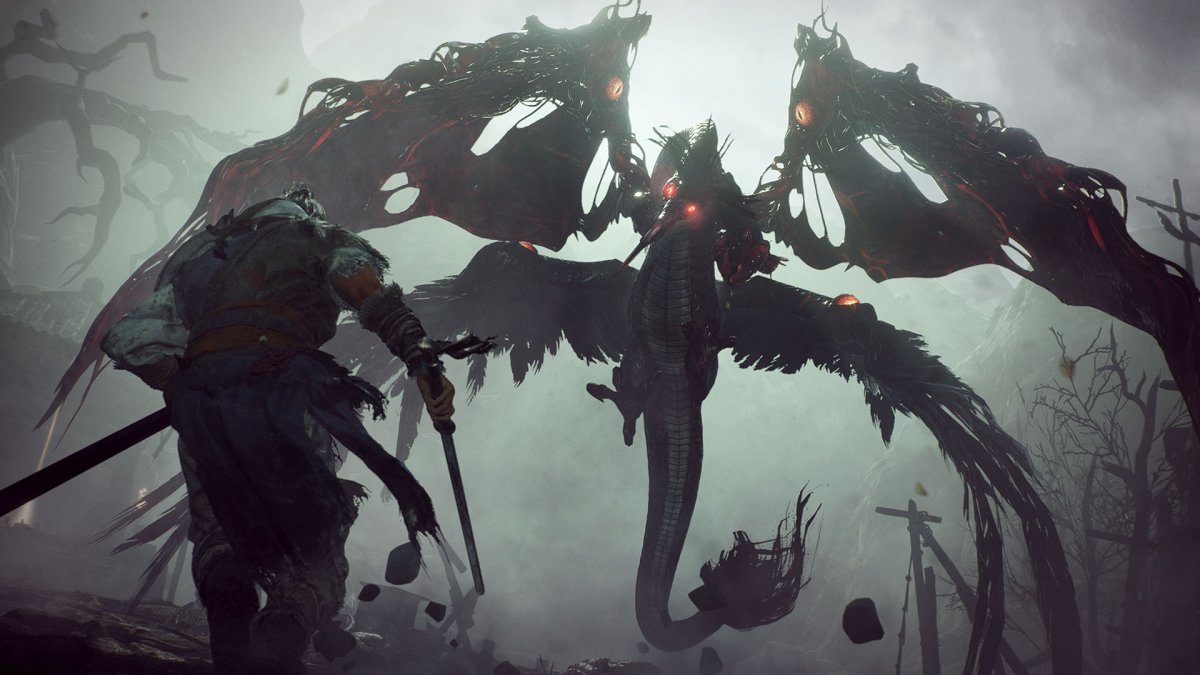A few days ago, we had the opportunity to try out Team Ninja’s anticipated action, Wo Long: Fallen Dynasty, which convinced us during the first beta and perhaps has a lot in common with the two Niohs. Testing was very positive, demonstrating not only Team Ninja’s willingness to diverge further from their latest work, but also attentively listening to fan feedback, thanks to a long list of changes with receipts of (mostly constructive) criticism.
Attracting the interest of many interventions in mechanics and systems, Wo Long: Fallen Dynasty’s director interviewed Masakazu Hirayama and producer Masaaki Yamagiwa, to try to find some additional information. Unfortunately, as is often the case, the need to translate answers from Japanese to English was a bit lost, but some interesting information has nevertheless emerged about Team Ninja’s approach to game development. Let’s see what they told us.
Meeting
Multiplayer: Deviations looks very different than in beta. It’s easier to use and more fun and more forgiving (even if they still don’t start from square zero). Did you rely on the feedback you received during the first beta to change them?
Hirayama: As for the glitches, which are excellent dodges of the game, we received a lot of feedback from the demo that they were a bit difficult to use. That’s why we intervened to make them more fun and more intuitive. For example, now the roundabout works the same way, even if you are a little away from the enemy’s attack. Usually, we want the player feel to be really cool when using the spin, as it’s one of the main elements of Wo Long.
Yamagiwa: Some players also noted how difficult it is to tell if an attack has actually been successfully deflected, so we’ve also worked on elements of the maneuver such as audio or visual cues.
Another thing that caught our attention in the demo is the loot changes. The system looks simpler and less overwhelming than the Nioh, and the drops seemed stable. How did you change that in Wo Long: Fallen Dynasty?
Hirayama: Weapons from enemies will still drop, but countless different weapons can drop from certain opponents in Nioh, and this feature will be slightly modified in Wo Long. More specifically, we want to focus on action and combat rather than loot in Wo Long. We also want players to be very focused on the so-called “sorcery spells”, our magic system. To be honest, this time the focus was more on magic than weapons.
Yamagiwa: Similar to what we saw in Nioh, there will be the ability to upgrade your weapons from a blacksmith, this element will remain in the game.
While we’re talking about it, you’ve completely retouched the magic. It’s heavily rebalanced and feels a lot less “breakable” than before. How did you interfere with his elemental system?
Hirayama: In particular, we’ve made sure that the hardest-to-use spells are now more efficient and easier to use. We’ve also tried to put more weight on stronger spells, giving them a much more pronounced effect on enemies. The magic system is based on the five elements and these elements are its central pillar. In some ways it can be compared to a job system in an RPG: in this game, the builds depend on the items that the player focuses on.
Yamagiwa: In the demo we have allowed players to use numerous spells without special requirements, but it will be much more important to choose wisely which items to upgrade and which spells to use in the finished game. In the final version of Wo Long: Fallen Dynasty, we will be adding many additional usable spells. We already have many functional structures and useful power combinations; We hope players will enjoy all the options offered.
Why this fascination with historical settings? Do you tend to create games based on real history because it’s easy to turn an era full of wars and charismatic figures into action, or do you have a true passion for researching history?
Yamagiwa: Actually at Koei Tecmo we have a lot of experience with games with historical settings – think Nobunaga’s Ambition for example – so we also have a dedicated team, the Scenario Team, who have a real wealth of historical documents and resources at their disposal. The software houses that work with us have access, just like Team Ninja. They help them create truly detailed stories and their contribution at work is important. This is the first game based on the three areas of Team Ninja, unlike other Koei teams that have already covered that era, and it’s a big challenge for them, but they try their best and this exchange of knowledge is very beneficial.
Considering the importance you place on fan feedback and how many changes you’ve made since the first beta, are you planning to offer another beta before the game is released?
Hirayama: Our first demo was specifically for next-gen consoles, and we’ve heard that many players want to try the game on other platforms. That’s why we’re evaluating a possible new opportunity ahead of launch for a larger group of players to try the game. We hope we can do this.
Yamagiwa: It’s really great for us to get all this feedback from fans through demos. We get lots of great suggestions – we provide polls for fans to tell us what improvements they’d like. We also receive numerous positive comments as we work on the game, which is very motivating to the team. We want to continue co-creating our games with fans in the future.
Source: Multiplayer
